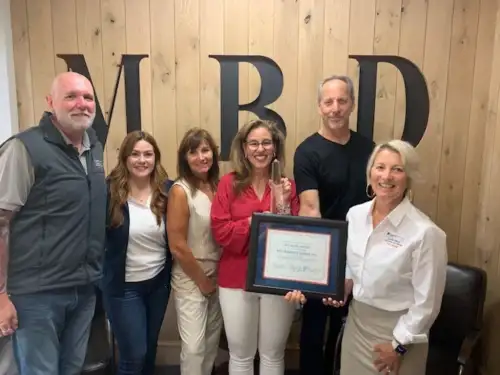Here are 10 proactive, simple steps that have been tested and proven to work
1. Select Safe Employees. Interviewing and selecting the right (safe) employees is critical. Too often we hire our own workers compensation claims. Always conduct a reference check to confirm the prospective employee’s strengths, weaknesses, and job history.
2. Conduct Job-Specific Safety Training. It is just as easy to train new employees on safety as it is the other elements of their job. While you are training them to be a great employee, train them to be a great, safe employee.
3. Correct Unsafe Behaviors. It is crucial to identify both safe and unsafe behaviors and then correct unsafe behaviors and reward safe behaviors. This can be accomplished through coaching and positive reinforcement. Ask the employee why they are behaving in an unsafe manner; based on their comments you can determine how to proactively coach them to change their behavior.
4. Incorporate Safety in Performance Reviews. Safe behavior should be included in every performance review. Employees will focus on what they are evaluated and rewarded for.
5. Instill Accountability. One of the biggest flaws in safety is that no one is held accountable for safety incidents that occur. The senior manager on duty should be responsible for safety conditions. This person is responsible to ensure there are no safety hazards, including such things as wet floors, lack of personal protective equipment use, use of materials inappropriate for the job at hand, etc.
6. Implement Safety Incentives. Rewarding your employees for maintaining an incident-free environment will yield a high return on investment. Incentives can include such things as time-off bonuses, gift cards, and company swag. You might even consider a rotating safety trophy for the safest employee team of the month or quarter.
7. Rank Your Managers. Managers can be very competitive by nature, thus ranking managers by number of incident-free days can have a great impact. The longer employees go without a safety incident, the more motivated they will be to maintain an incident-free environment.
8. Introduce a Safety Mascot. Allowing employees to choose a fun safety mascot and using it to rally employees around safety can be effective. Every time they see the mascot, it reminds them how important safety is to everyone.
9. Designate a Safety Committee. Select and train a safety committee to identify and correct safety hazards before they turn into workers compensation or liability claims. Train the committee to be your eyes and ears and to inspect the premises for safety issues once a month. Ask them to provide you with a report and then take corrective action.
10. Review Lease Agreements. In addition to focusing on safety, there are other ways you can lower your insurance costs. When was the last time you reviewed the insurance requirements in your lease agreement? Many business owners are either over or underinsured. Ask your insurance advisor to help you with this and other ways to make sure you have the right coverage.




